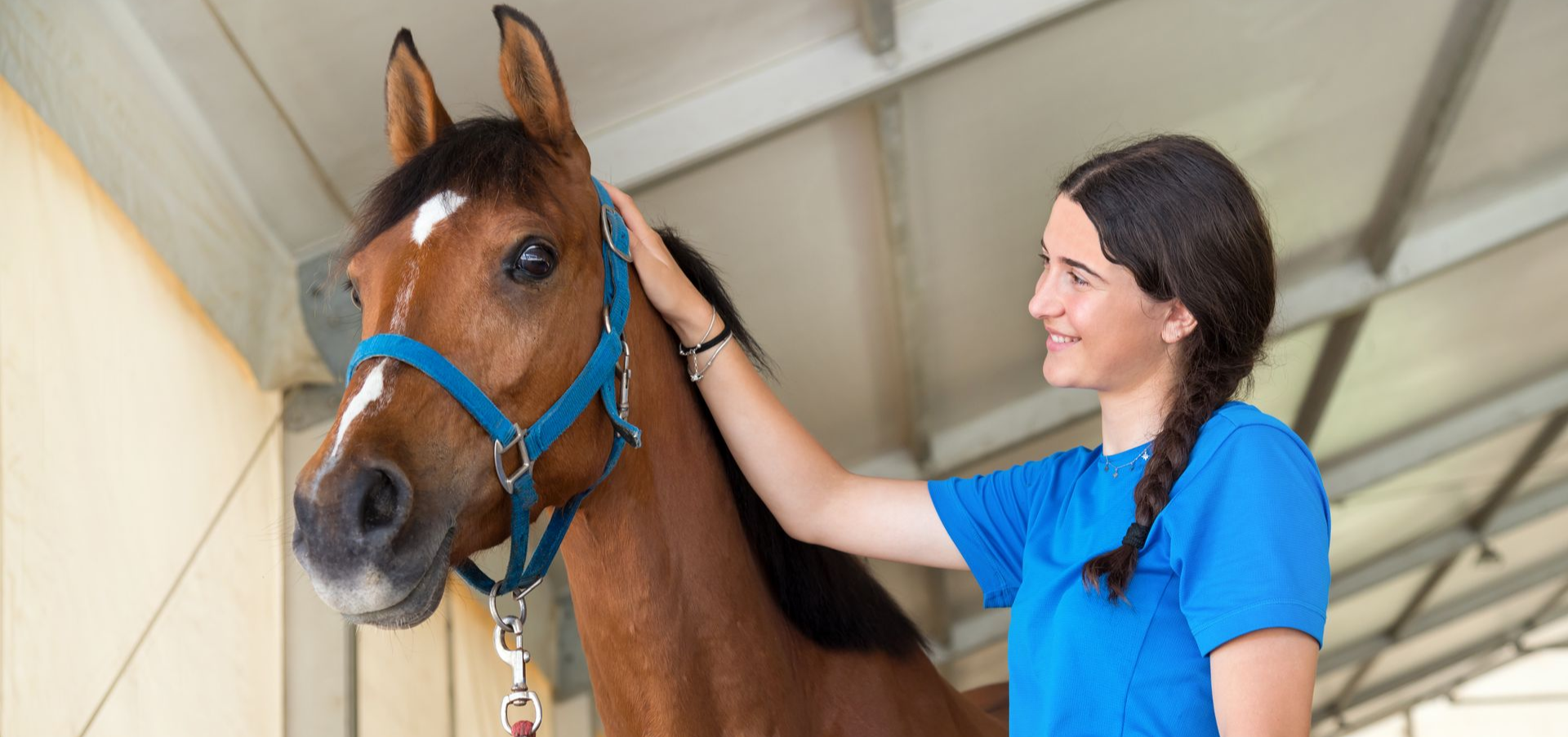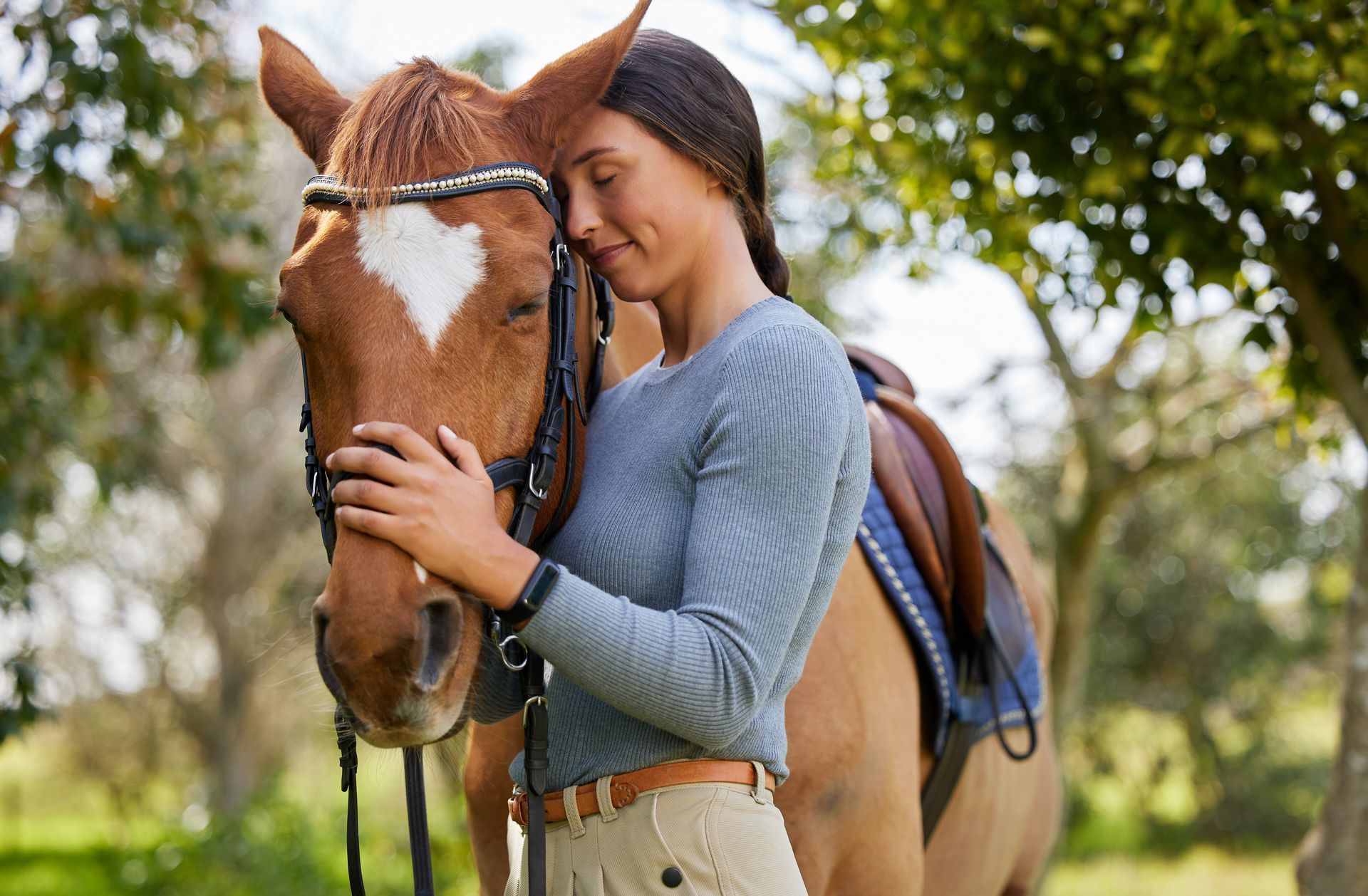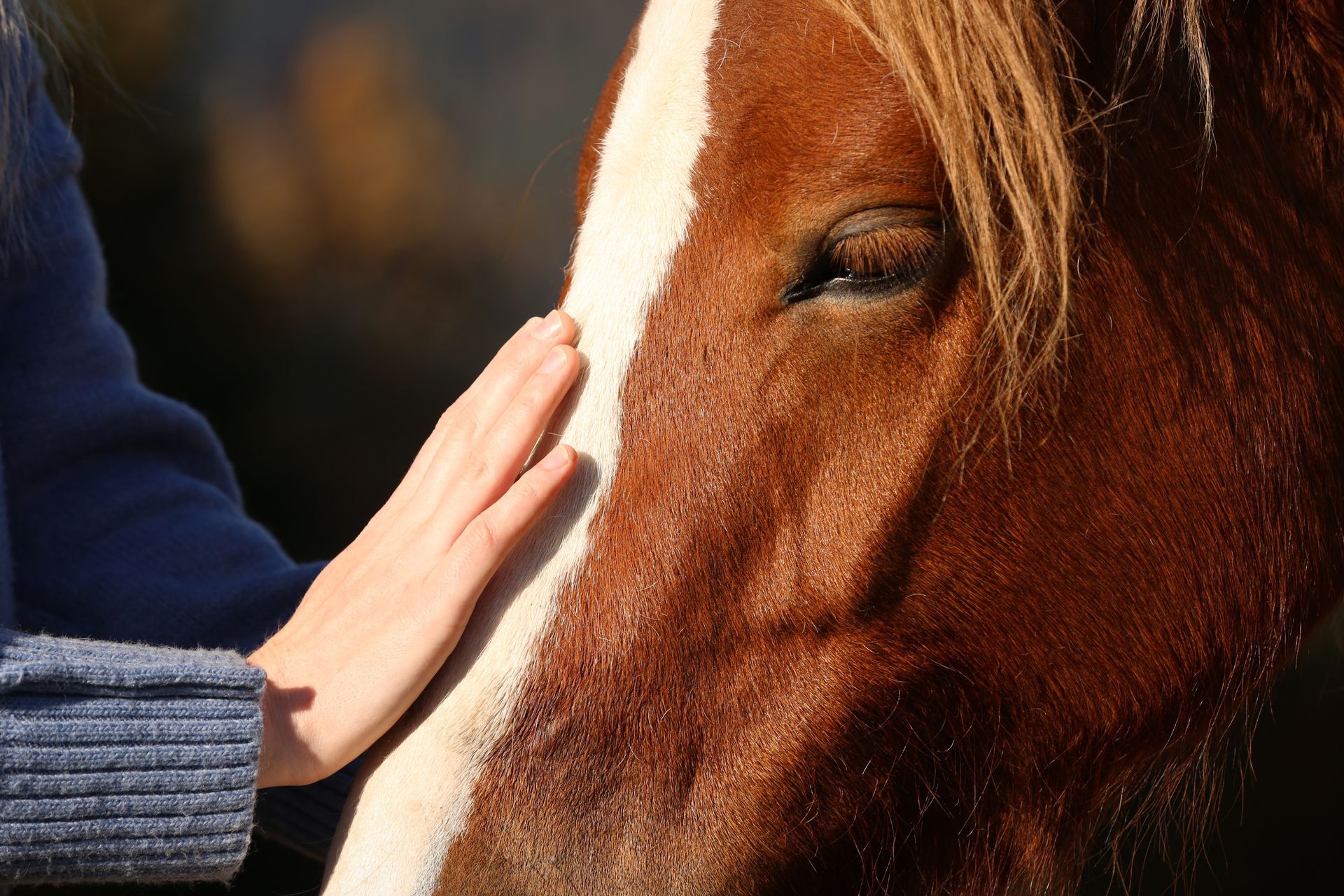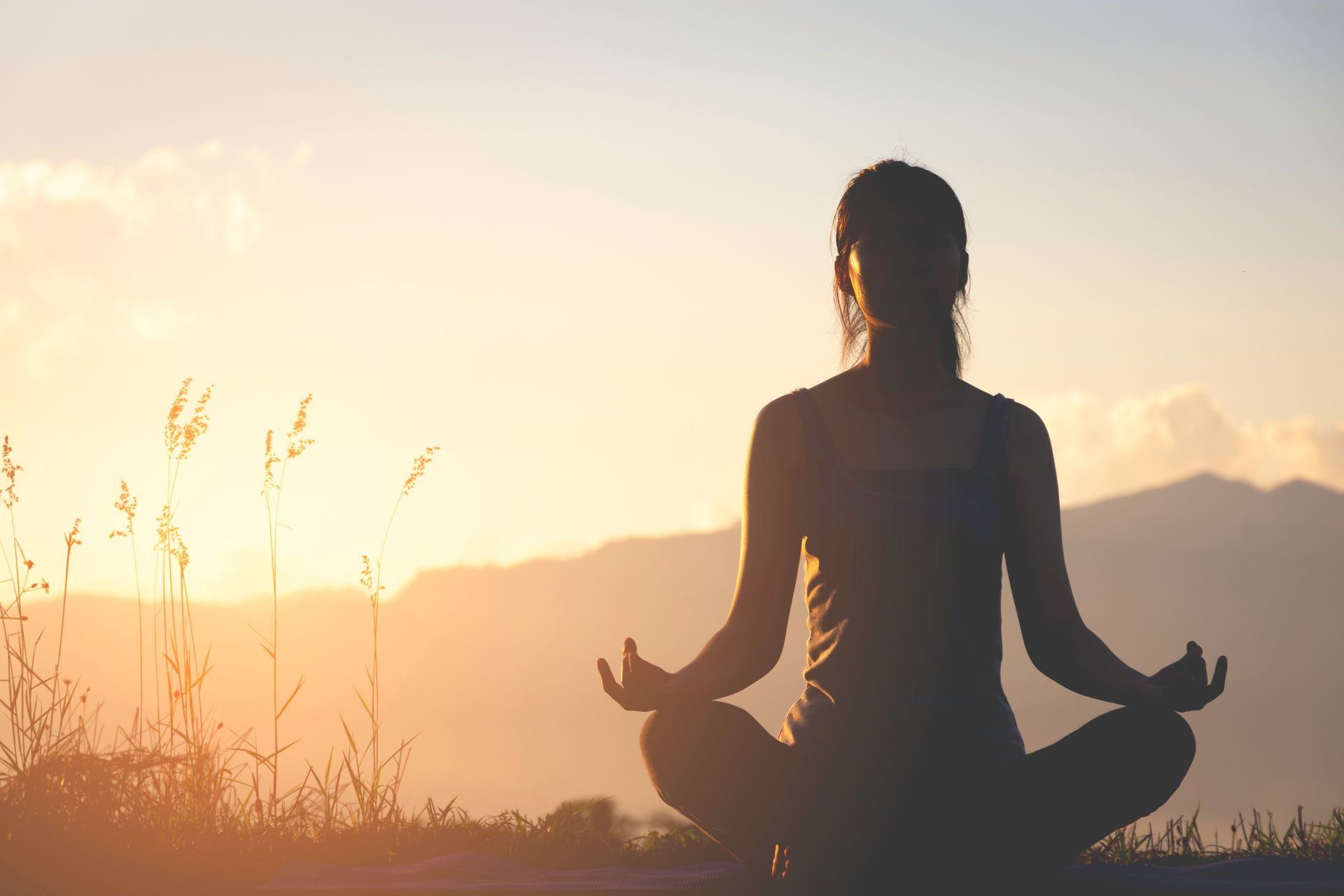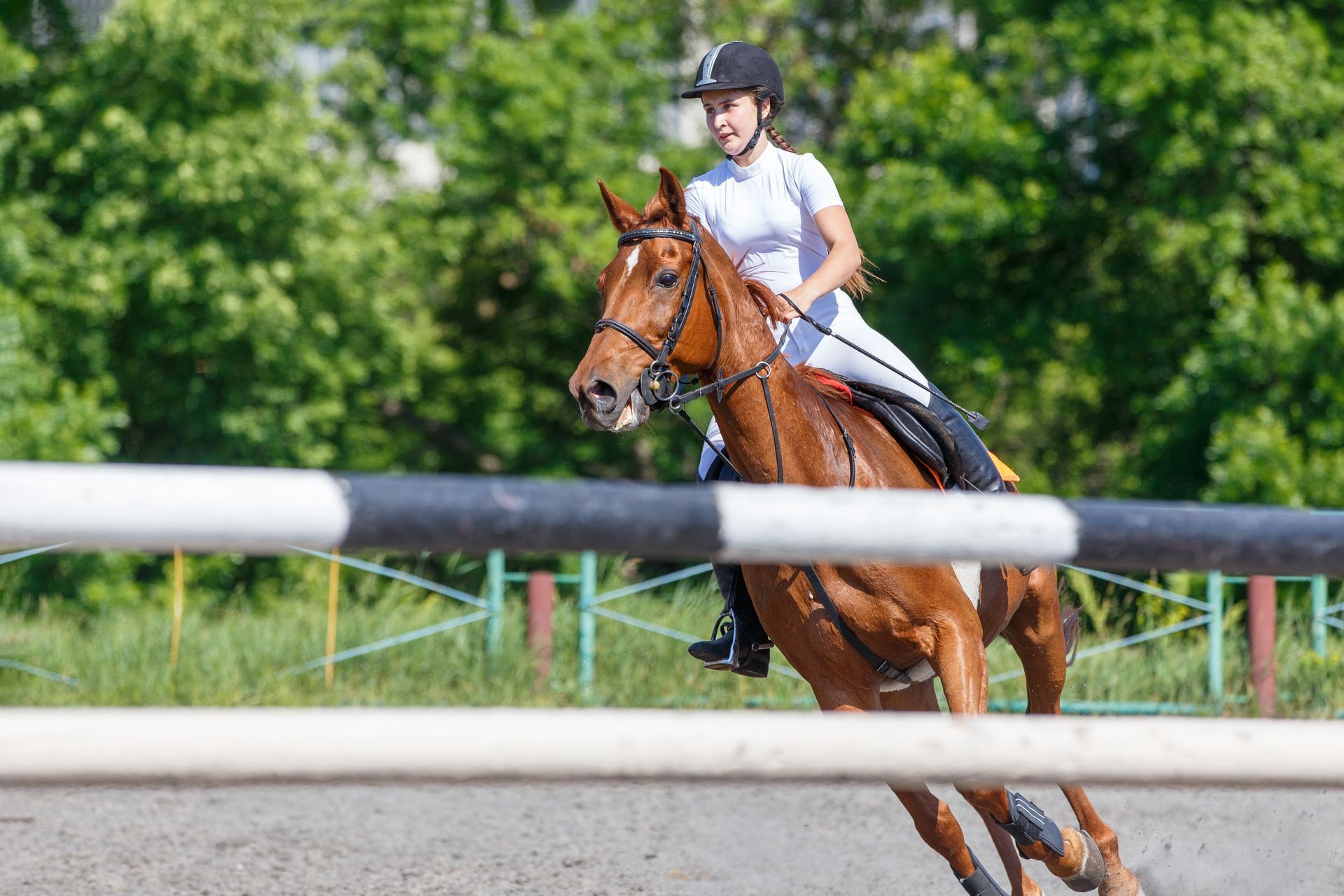In the serene setting of our Boulder mountain barn, two powerful healing modalities come together: the structured approach of Eye Movement Desensitization and Reprocessing (EMDR) and the intuitive wisdom of equine-assisted therapy. As a Licensed Clinical Social Worker specializing in trauma healing, I've witnessed how this combination creates a unique pathway to recovery that engages both mind and body.
How Does EMDR and Equine Therapy Work Together for Trauma Treatment?
The integration of EMDR and equine therapy isn't just a combination of techniques – it's a holistic approach that addresses trauma healing from multiple angles. While EMDR helps process traumatic memories through bilateral stimulation, horses provide immediate, embodied feedback that grounds clients in the present moment.
Key Components of Combined EMDR and Equine Therapy:
Safety and Stabilization
- Horses naturally create a safe environment through their non-judgmental presence
- The barn setting offers a calm, nature-connected space for processing
- EMDR's structured approach provides clear boundaries and expectations
Resource Development
- Horses serve as living resources for emotional regulation
- Physical presence of horses supports dual attention during EMDR processing
- Natural environment enhances the installation of positive resources
Benefits of Combining EMDR and Equine Therapy for PTSD and Trauma
The Power of Dual Processing:
- EMDR activates the brain's natural healing mechanisms
- Horses provide immediate biofeedback about emotional states
- Combined approach addresses both cognitive and somatic aspects of trauma
What to Expect in Your First EMDR and Equine Therapy Session
A typical session might include:
- Initial grounding work with horses
- EMDR processing with equine support
- Somatic awareness exercises
- Mindful presence practice
- Integration through horse-human interaction
How Do Horses Help with EMDR Therapy: Benefits and Research
Horses contribute to EMDR therapy by:
- Offering natural bilateral stimulation through movement
- Providing immediate feedback about emotional shifts
- Creating a safe container for processing difficult memories
- Supporting present-moment awareness
Why Choose EMDR with Horses Instead of Traditional EMDR
The Magic of Integration:
- Combines structured trauma processing with intuitive healing
- Addresses both psychological and physical aspects of trauma
- Creates multiple pathways for healing and growth
EMDR and Equine Therapy Success Stories: Real Client Experiences
One client, struggling with complex trauma, found that the presence of horses helped her stay grounded during EMDR processing. When memories became overwhelming, the steady rhythm of the horse's breathing provided a natural anchor to the present moment.
How Long Does EMDR with Horses Take: Treatment Timeline
The Journey of Healing:
- Initial assessment and resource building
- Development of safe/calm place with equine support
- Gradual integration of EMDR processing
- Ongoing somatic awareness work with horses
Is EMDR with Horses Right for Me? Who Benefits Most
This combined approach is particularly effective for:
- Complex trauma survivors
- Individuals with attachment wounds
- Those who struggle with traditional talk therapy
- People who feel disconnected from their bodies
- Anyone seeking a more holistic approach to healing
How to Start EMDR and Equine Therapy in Boulder, Colorado
As someone who has experienced both the healing power of horses and the transformative effects of EMDR, I understand the unique value of combining these modalities. Whether you're dealing with past trauma, current anxiety, or seeking deeper self-connection, this integrated approach offers a powerful path to healing.
Ready to begin your healing journey? Contact me to learn how combined EMDR and equine therapy might support your path to recovery.



